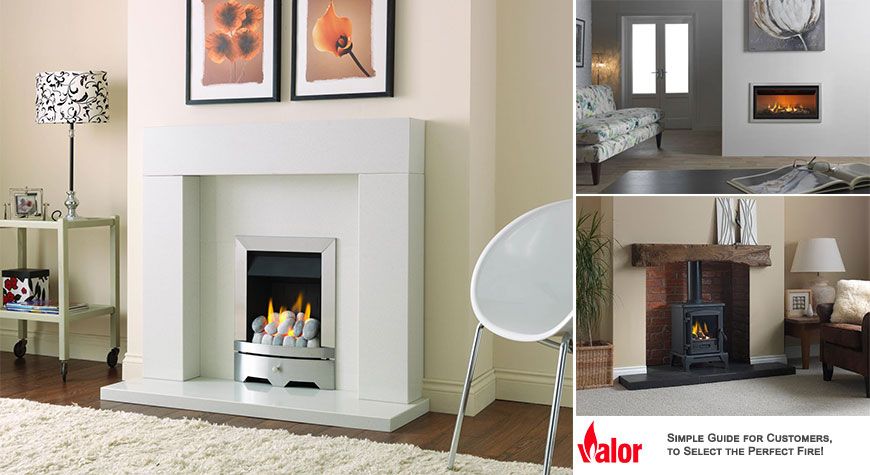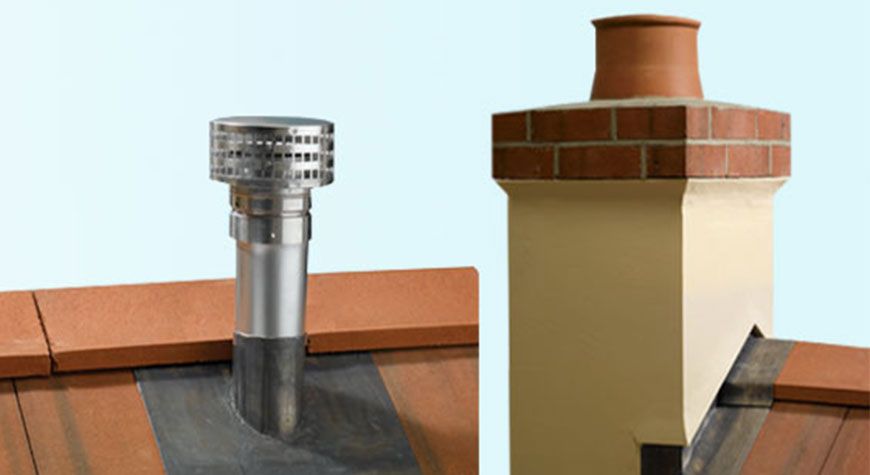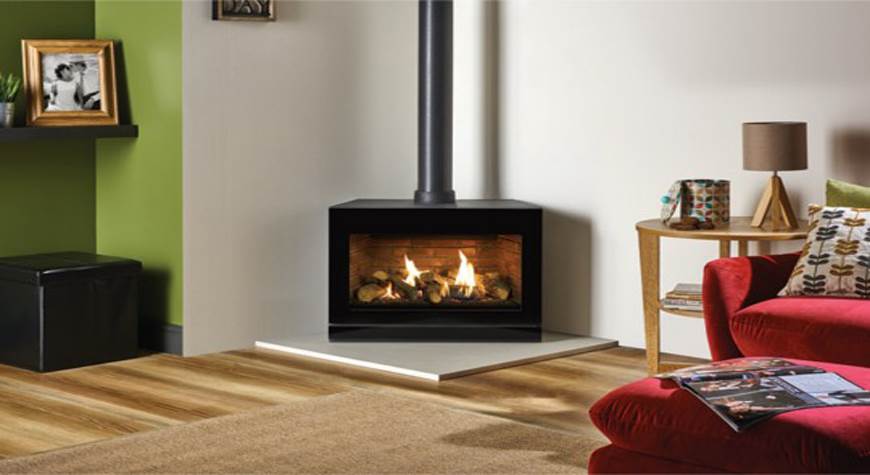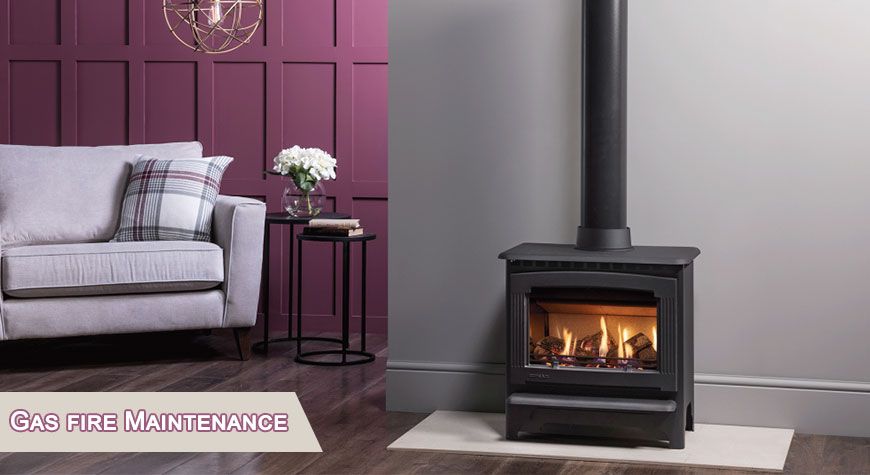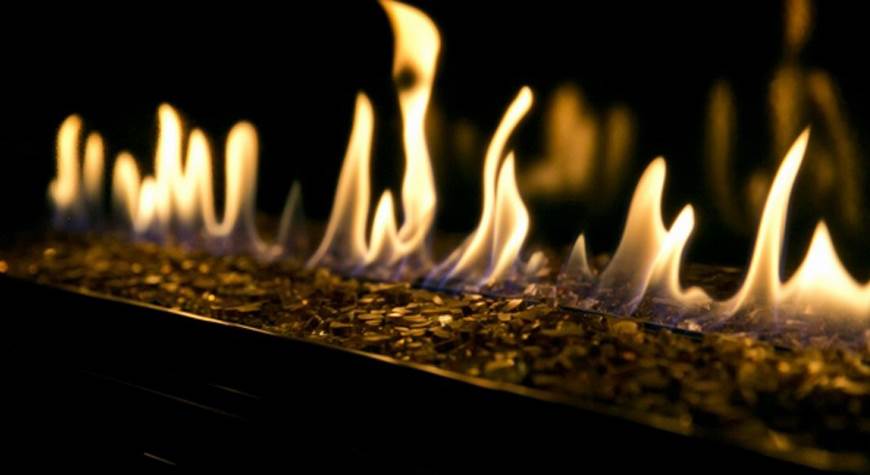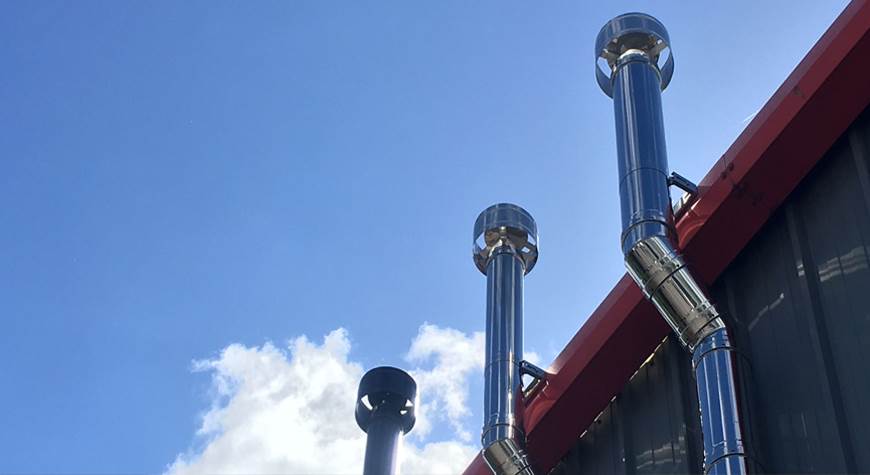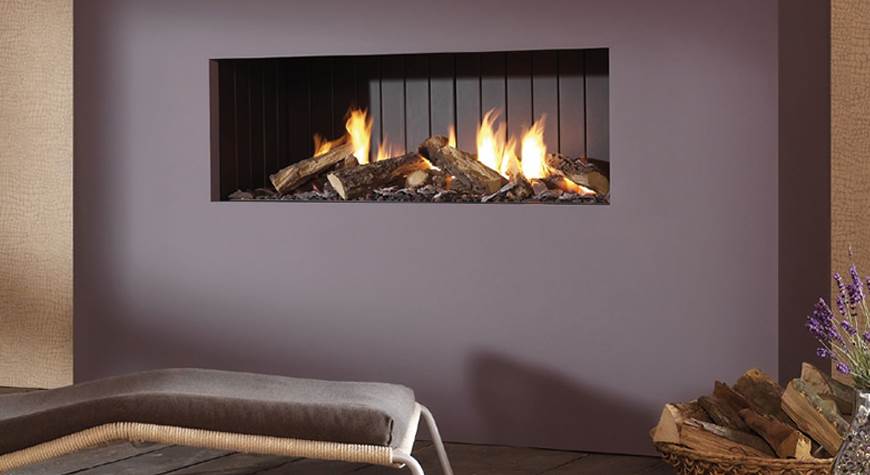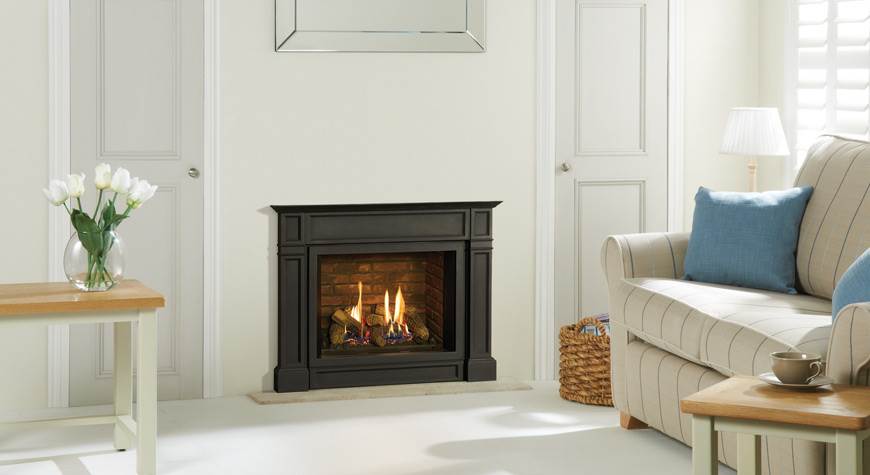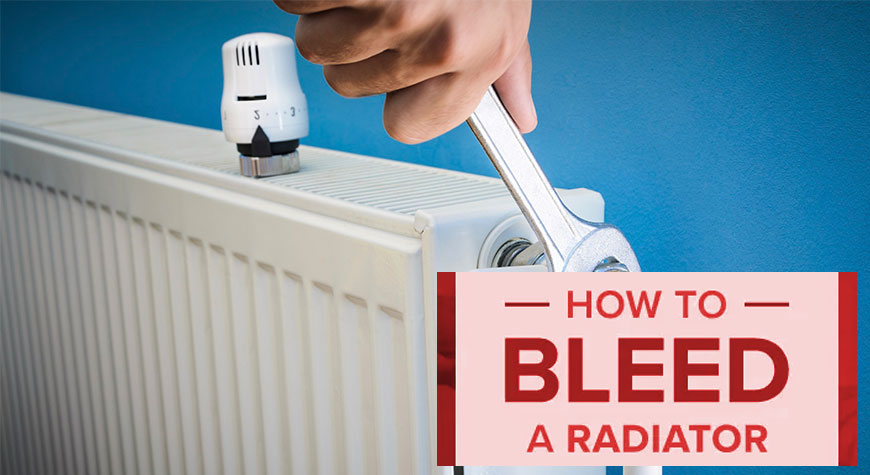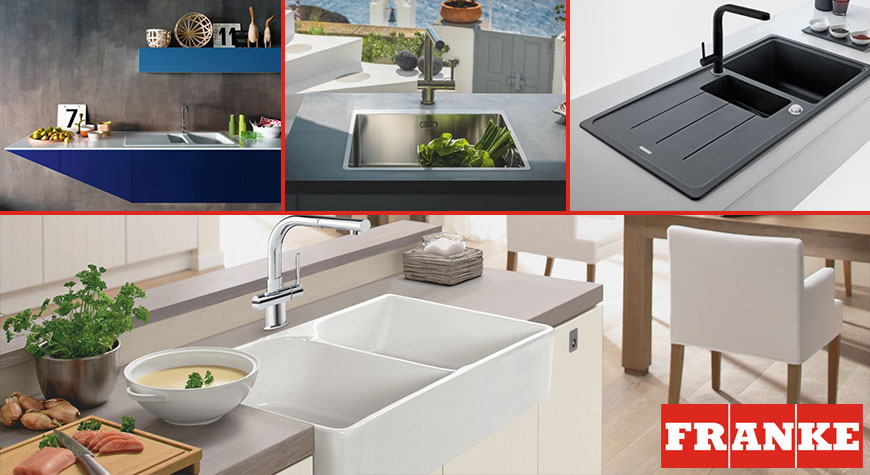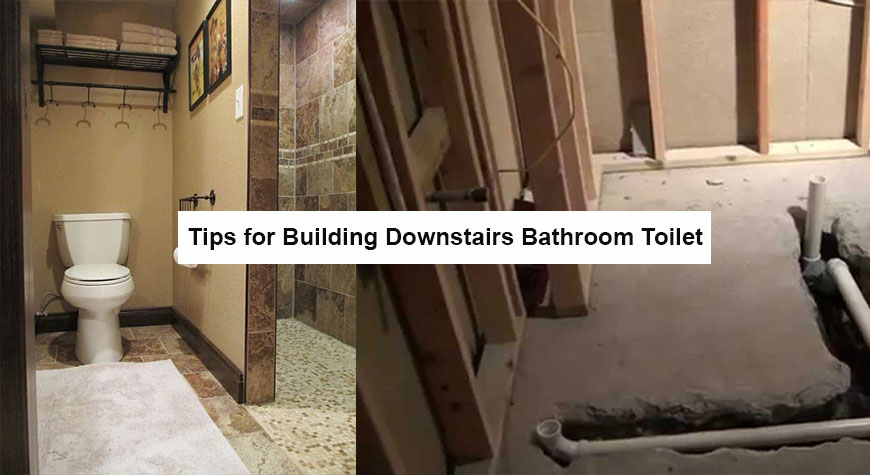Gas Fires
-
7 SepRead more »
Due to advancements in fire technology it can be difficult to choose the best fireplace for home. Valor offers an easy to view matrix, to help the customer compare products and select the best fireplace.
-
3 SepRead more »
Before choosing a new gas stove or fire first, identify the type of chimney (if you have one) or flue you have. Depending on the selection of chimney or flue available at your property dictates the choice of stove or fire. To help you make the correct selection of gas stoves or fires for your property Gazco fires offer this guide of chimney or flue.
-
10 JanRead more »
When the time comes to purchase a gas fire for your home, it's best not to take any chances. After all, every month you can't refurbish your living room. Choosing the right gas fire for your home involves a systematic approach that relies on many factors
-
1 JanRead more »
Because modern high-quality gas fires burn so cleanly and efficiently, it’s easy to assume that they don’t need much looking after. And it’s true that gas fires need much less maintenance than, say, a wood-burning fire or stove.
-
1 JanRead more »
You take good care of your gas fire – keeping it clean and free of dust and residues, and always making sure that it’s inspected by a certified technician every year.
-
13 DecRead more »
All gas fires need a flow of air to function properly. They draw in draught air and/or air from the room to support combustion, and safely expel burnt excess gases into the atmosphere. Broadly speaking, there are two types of flue used in gas fires: Open Combustion and Closed Combustion.
-
13 DecRead more »
Balanced flue gas fires draw air through a flue installed in an exterior-facing wall. The same flue is also used to expel spent gases from the fire. This means balanced flue fires are entirely sealed heating systems that can be fitted anywhere, with no need for a chimney. (All that’s required is an outside wall!) These fires are therefore extremely versatile, much more so than traditional gas fires.
-
27 MarRead more »
The importance of a site survey should never be ignored when installing a new or updating an old heating appliance.
-
22 MarRead more »
When choosing a gas or wood burning fire or stove, you must take the size into account. The average sized UK living room only requires 3-4 kilowatts (kW) to heat adequately, and it can be problematic if the user chooses a gas, wood burning fire or stove with too high a capacity. The most common mistake made by consumers is going for a fire with a too high a capacity, and subsequently, they can only use the fire sparingly or burn at a low temperature as ...

